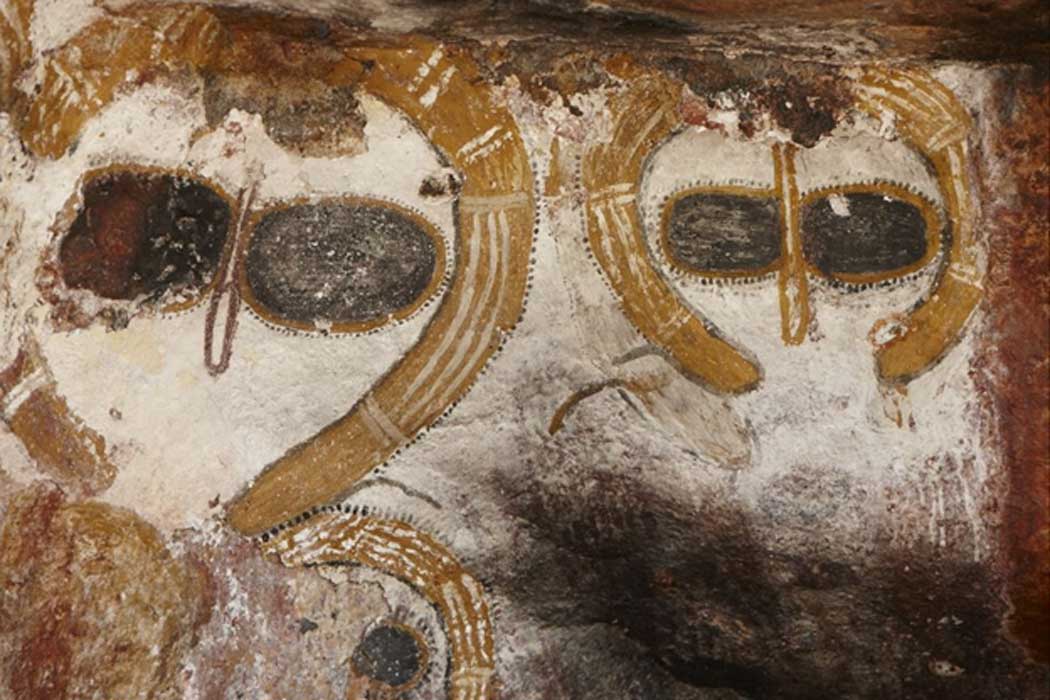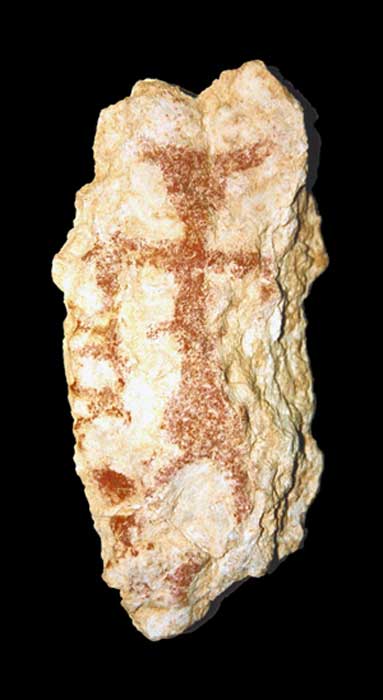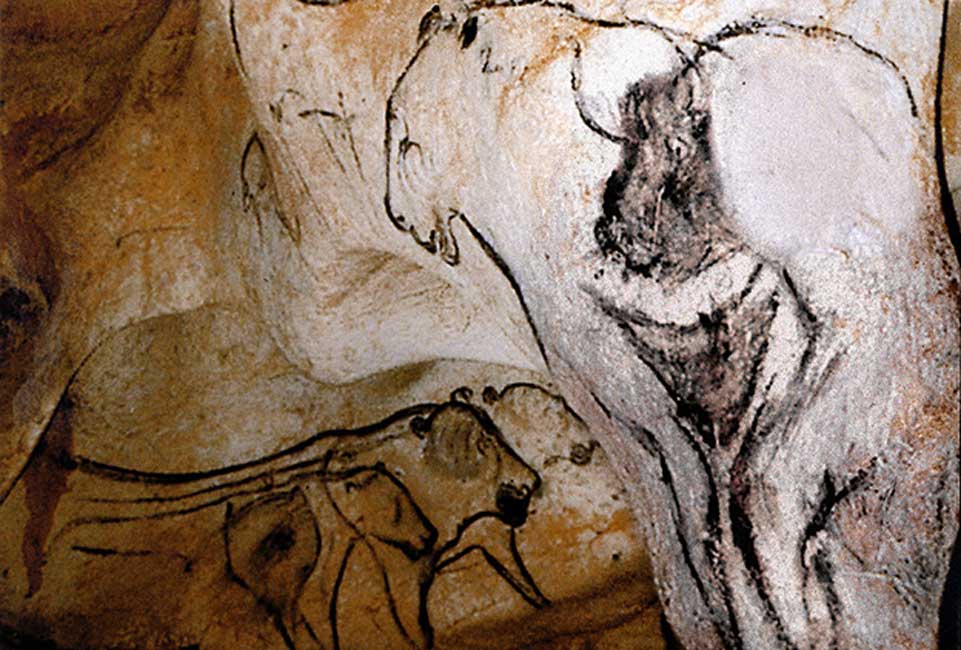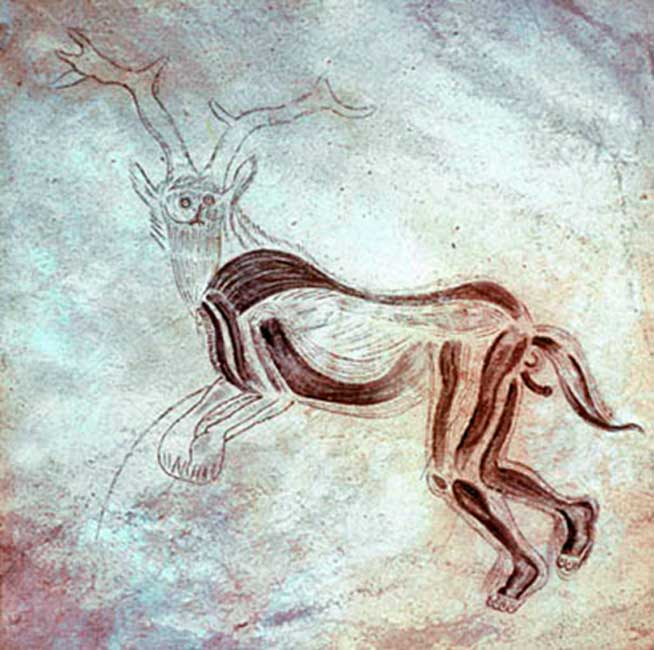
Shamanic Explorations of Supernatural Realms: Cave Art - The Earliest Folklore
“The neuropsychological and ethnographic evidence that I have adduced strongly suggests that, in these subterranean images, we have an ancient and unusually explicit expression of a complex shamanic experience that is informed by altered states of consciousness.”
—David Lewis-Williams, A Cosmos in Stone
Around 30-35,000 years ago there was an explosion of symbolism in Paleolithic human culture around the world, primarily represented by cave art. This cave art is usually located in hard to access underground spaces that must have had significant meaning for the artists and those who would have experienced these strange images by torchlight; And strange they are. Whilst many of the images are naturalistic images of humans, mammals and birds, there is also extensive representation of therianthropic beings, that is part human, part animal shape-shifters. There are also many beings that seem to be distorted humans, perhaps better described as humanoid. These images suggest that the Paleolithic artists were attempting to tell stories and incorporate messages and meaning within the stories, which they deemed important. The fact that many of the beings represented in the cave art are of a supernatural quality is symptomatic of what we might call folklore.
The Cave Art Evidence
This pictorial folklore is exhibited throughout the Paleolithic world, but the earliest reliably dated cave art can be found at sites in Europe, the oldest being at Fumane, in northern Italy near Verona and at the Grotte Chauvet in the Ardèche region of southern France. The cave art at these sites has been dated between 30-35,000 years old. It includes therianthropic images of a horned bovid with human body and a ‘bison-man’ straddling a ‘lion woman’.

Bison-human therianthrope, Fumane, Italy

Bison-human and lion-human therianthrope, Grotte Chauvet, France
Later than these examples, but more well-known is the complex of cave paintings at Trois Frères in south-west France. Here we find perhaps the most famous therianthropic cave painting of ‘The Sorcerer’, an amalgamation of various animals including an owl, a wolf, a stag and a human.






